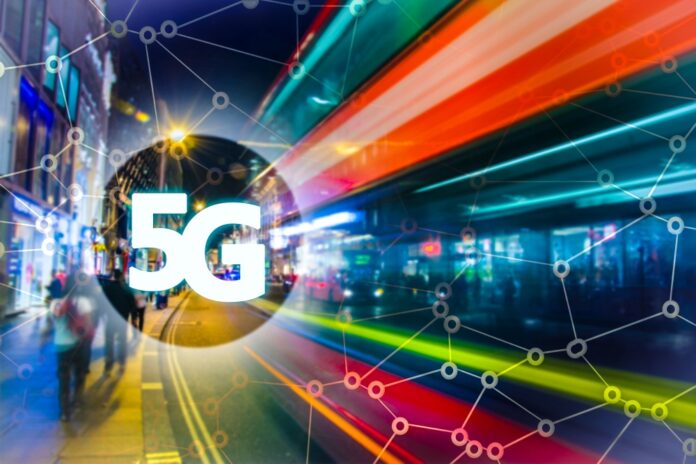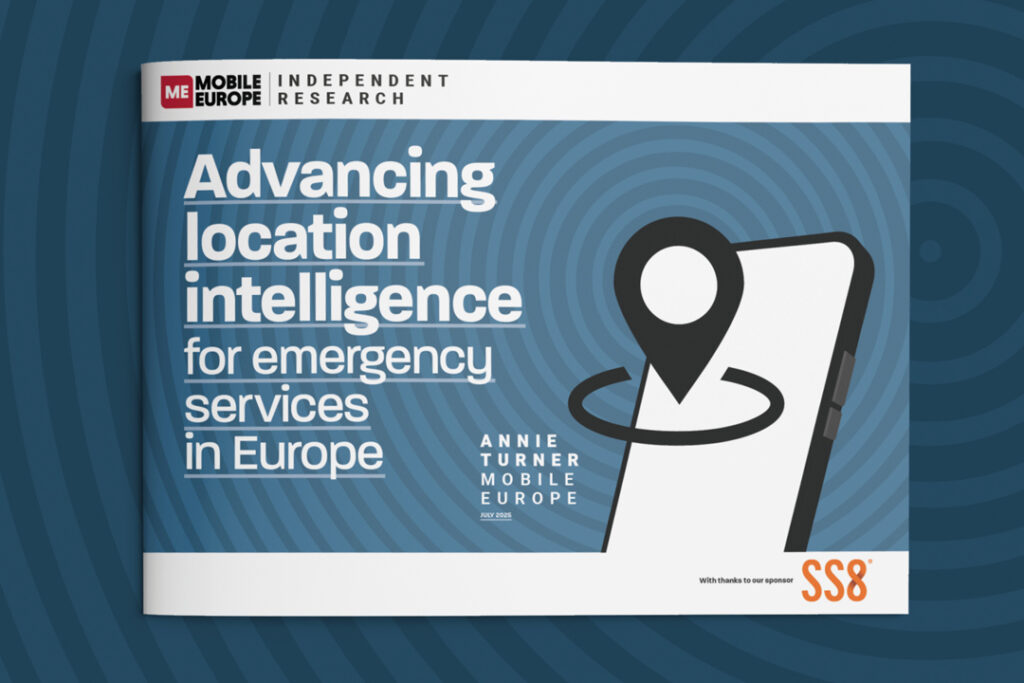Understanding how much 5G improves mobile experience is critical to consumers who are considering upgrading to 5G and for the mobile industry to plan how quickly to invest in it, explains Ian Fogg, VP Analysis at Opensignal.
Opensignal compared customers’ 5G experience in four countries – Australia, South Korea, the UK and US – across ten operators that launched 5G over six months ago.
The analysis found all the operators offered their customers much faster speeds on 5G compared with 4G – between 18.4 times and 1.7 times faster. The average download speeds also varied widely, from Verizon’s 506.1Mbps to 47Mbps on T-Mobile US.
The time that users spent connected to 5G — which is all about availability — also varied greatly between operators, with a high of 19.8% of the time for customers of T-Mobile US. Hence, while T-Mobile 5G speeds may not be the fastest, its users experience higher speeds considerably more often than the users of other 5G operators.
The download speeds of the operators reflected the kind of spectrum they are using for 5G. Of the ten, Verizon is the only one to exclusively use mmWave spectrum, which is the main reason for the extremely high speeds 5G users observed on its network.
Similarly, the two operators whose users had the slowest 5G speeds relied primarily on low-band spectrum repurposed from 4G services – 600MHz for T-Mobile US and 850MHz for AT&T. The trade-off is extremely good coverage, but less capacity and slower average speeds.
Life in the middle
Australia’s Telstra, all three of South Korea’s operators, Sprint in the US (which is now merging with T-Mobile US) and the UK’s EE and Vodafone have all deployed 5G on mid-band spectrum, yet users’ speeds differed greatly, from well over 200Mbps on all three South Korean operators, to 114.2Mbps on Sprint.
In part, this speed difference is due to the amount of 5G spectrum available, with wider channels performing better, ideally 100MHz in a single 5G band. The discrepancy is also due to other differences in the networks, such as the capacity of the onward connection from each cell site or the performance of each operator’s core network.
As the new T-Mobile increasingly combines with Sprint’s assets, the expectation is that the average 5G speed will rise as customers benefit from the mid-band 5G spectrum Sprint has deployed.
Although the average 5G speed varies dramatically across these ten leading 5G operators, in every case the 5G download speed is dramatically faster than 4G. The operator whose users experienced the fastest 4G download speed, SK telecom, still saw 5G speeds 3.5 times faster.
Speed isn’t everything
Speed is far from the only important measure of 5G experience – how much of the time users are able to enjoy that experience is equally important. There is little point in having the potential to enjoy 5G, if that 5G experience is not often available.
T-Mobile US users spent most time connected to 5G globally, with a 5G availability of 19.8%, closely followed by all three South Korean operators with a 5G availability ranging from 15.4% to 12.6%. South Korea continues to demonstrate not only tremendous 5G adoption, but a widely available and fast 5G experience.
Even so, 4G dominates users’ overall mobile experience and Opensignal urges the mobile industry to accelerate 5G deployments so more people can enjoy the advantages of 5G more often.
This article first appeared in the Q2 edition of Mobile Europe/European Communications, which is free to download from here.



